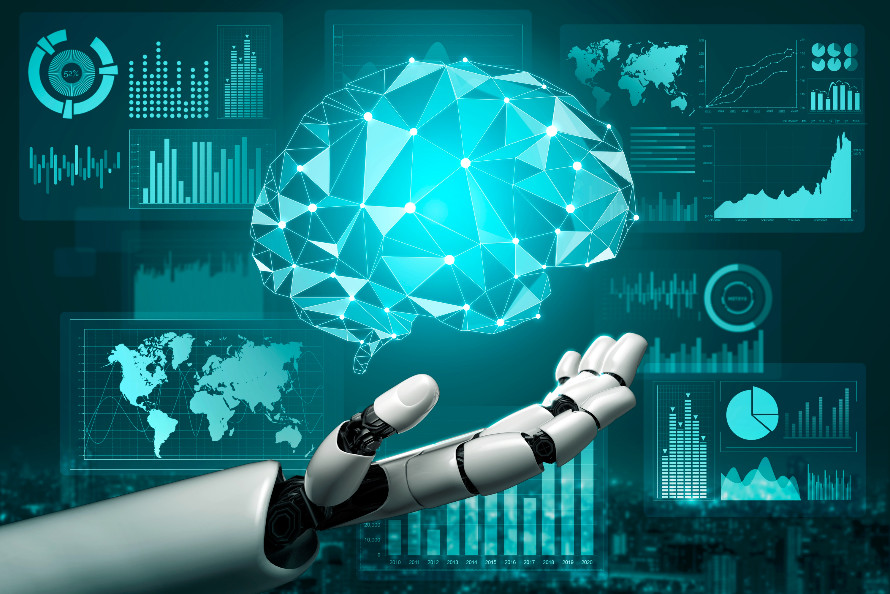💡 The Future of ML Modeling: Trends and Innovations in 2025
Machine Learning (ML) modeling is evolving rapidly, driven by breakthroughs in AI, computing power, and automation. As we move further into 2025, staying ahead means embracing the latest trends and innovations shaping the future of ML.
🔍 Key Trends Transforming ML Modeling in 2025
1️⃣ Automated Machine Learning (AutoML) 2.0
🔹 Trend: Enhanced AutoML platforms now handle not just model selection and tuning but also feature engineering and explainability.
🔹 Innovation: AI-powered AutoML systems generate models with minimal human intervention, democratizing ML development.
🔹 Example: Google AutoML and H2O.ai are pushing AutoML boundaries with end-to-end automation.
2️⃣ Foundation Models & Few-Shot Learning
🔹 Trend: Large foundation models (GPT, Gemini, Llama) are redefining ML workflows by enabling few-shot and zero-shot learning.
🔹 Innovation: Instead of training models from scratch, businesses fine-tune pre-trained models for domain-specific applications.
🔹 Example: OpenAI’s GPT-4 and Meta’s Llama 3 reduce the need for vast labeled datasets.
3️⃣ Explainable AI (XAI) and Trustworthy ML
🔹 Trend: With increasing regulatory focus, explainability and interpretability are critical in ML adoption.
🔹 Innovation: Advanced techniques like SHAP, LIME, and counterfactual explanations provide deeper insights into ML decisions.
🔹 Example: Financial and healthcare industries demand interpretable AI to meet compliance and ethical guidelines.
4️⃣ Edge AI and On-Device ML
🔹 Trend: The shift from cloud to edge computing allows real-time ML inference on devices with low latency.
🔹 Innovation: Efficient models like TinyML and hardware accelerators (e.g., NVIDIA Jetson, Google Coral) enable on-device intelligence.
🔹 Example: Smart cameras, IoT devices, and AR/VR applications leverage Edge AI for faster decision-making.
5️⃣ MLOps 2.0: Continuous Learning & Adaptability
🔹 Trend: The evolution of MLOps focuses on continuous model improvement and real-time adaptation.
🔹 Innovation: Self-learning systems use reinforcement learning and active learning to refine models dynamically.
🔹 Example: AI-driven fraud detection systems adjust in real-time based on new fraud patterns.
📈 What This Means for Businesses
✅ Faster AI Adoption: AutoML and foundation models lower the barrier for ML implementation.
✅ Increased Compliance & Trust: XAI ensures models meet regulatory and ethical standards.
✅ Smarter, Real-Time Decision Making: Edge AI enables low-latency intelligence across industries.
✅ Efficient AI Operations: MLOps 2.0 drives automation and efficiency in model lifecycle management.
🎯 Final Thoughts: Preparing for the Future
👉 Upskilling: Staying updated on emerging ML techniques is crucial for developers and data scientists.
👉 Investment in AI Infrastructure: Businesses should adopt scalable and flexible ML architectures.
👉 Ethical AI Practices: Ensuring fairness, transparency, and bias reduction is more important than ever.
📢 What do you think is the most exciting trend in ML for 2025? Let’s discuss in the comments!


